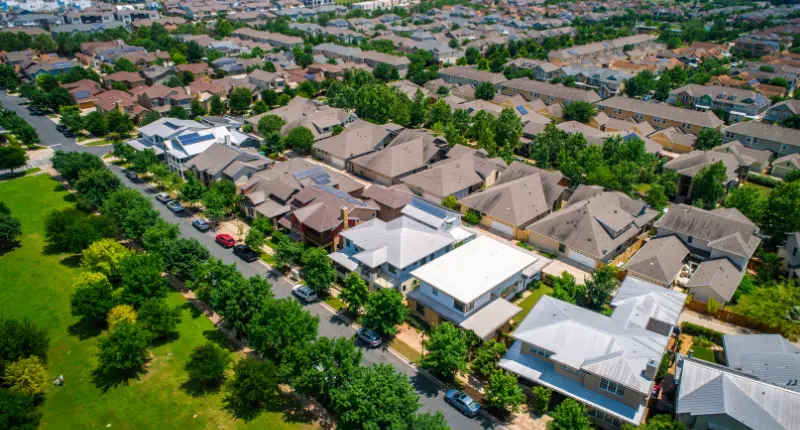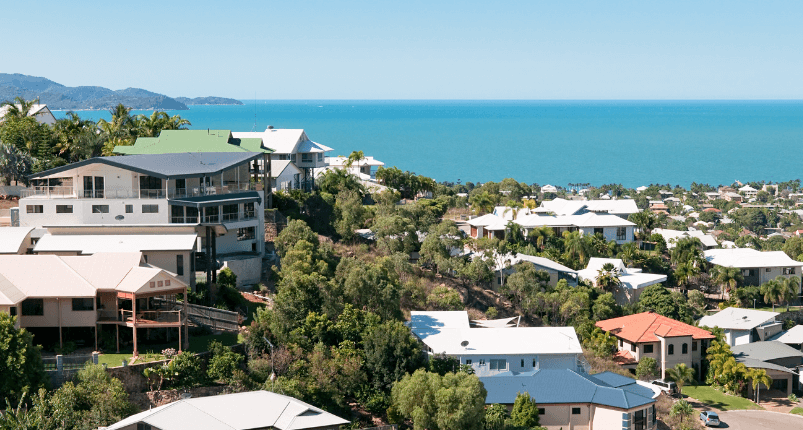- 80% of methamphetamine contamination is attributed to use within the home
- Many property owners are unaware their homes are exposed to the harmful substance
- Can cost homeowners $3,500 to $50,000 to decontaminate
When you think of methamphetamines, footage of police raiding a drug den masquerading as a suburban home might cross your mind.
But what may seem incomprehensible is that your equally unsuspecting home may be one of the 16 per cent returning unsafe methamphetamine contamination results each month.
It’s a startling statistic despite the ongoing popularity of the drug which first infiltrated Australian communities in the 1990s, causing more hospitalisations than any other drug group in 2018-2019.
Typically referred to as speed or ice, the impact of the chemical substance on the body and brain are well documented. However, the impact of methamphetamine consumption on the homes they’re administered in has so far flown under the radar.
Methamphetamine exposure a harsh reality for millions of Australians
Methamphetamines not only cause extreme bodily decay but they also seep into the atmosphere, clinging to the walls and carpets of homes, causing irreparable damage to the health of other occupants and future tenants.
The Australian property industry is all too aware of the growing epidemic, with methamphetamine-positive test results wreaking havoc for unsuspecting Aussie buyers.
Of the one in ten positive cases returned each month, 80 per cent of contamination is attributed to the use of the substance within the home, with the remaining 20 per cent a result of in-house manufacturing.
Deep Blue Company’s data indicates that at any point in time across Australia, 15 per cent of properties are contaminated with methamphetamines. It’s a tough statistic to swallow, with most property owners unaware their homes and bodies have been exposed to harmful substances.
This is the harsh reality facing almost four million Australians right now, who never in their wildest dreams would have anticipated finding themselves in drug-positive homes.
The effects stretch far beyond the user
The list of health implications caused by prolonged methamphetamine residue exposure is long and shocking.
Ranging from short-term side effects like skin rashes, respiratory difficulties and fatigue, to frightening long-term conditions like memory loss, insomnia and, in some cases, psychosis. But it’s not only the health effects that home-buyers should be worried about.
Each day, Australians around the country pass over large portions of their savings to enter the property market. The average first-home buyer deposit is now at a staggering $120,000, which in the current economic environment of rising inflation and interest rates, leaves purchasers without much extra lying for emergencies.
The discovery of methamphetamine residue could be financially devastating, costing home-owners anywhere from $3,500 to $50,000 to decontaminate.
These costs vary based on property size, contamination levels and required refurbishment, and do not take into account additional expenses such as replacement furniture. The effects of hazardous residue can very quickly spiral, placing home-owners under financial and emotional duress.
Implementing safety standards is the key to protecting Australians
With most Australians rendered speechless at a positive methamphetamine result, the need for regulation in the sector has become critical. Mandatory testing on all homes in Australia before they hit the market will help protect both current and future homeowners and tenants.
Despite the impacts of methamphetamine usage dominating news coverage and causing public concern for the better part of the last two decades, we are still well behind the eight ball when it comes to implementing mandatory property checks and standards.
We need only look across the ditch at our neighbours to see the impact strong regulation can have. In 2017, the New Zealand government passed NZS 8510, a standard that guides on reducing people’s risk of exposure to the presence of unacceptable levels of methamphetamine contamination.
Standards like this demonstrate to Australian homeowners and would-be purchasers that the government understands and recognises the scale of the problem and need for action.
It is also the first step to empowering industry bodies to undertake necessary removal and restoration efforts that protect consumers at each stage of their property journey.
Without compulsory methamphetamine checks supported at a government level, we’re simply leaving Australians and their families vulnerable to uncertain futures riddled with potential health issues and financial hardship.
~~
Christopher Lane is founder and CEO of Deep Blue Company. Chris holds a bachelor’s degree in Commerce, a Law degree, and an MBA Master’s in Marketing from Melbourne Business School








